The idea that beauty and horror can co-exist peacefully is something that never would have occurred to me. But Jay Cormier and Shad Miller are all for subverting expectations, it would seem.
Harrow County came to me at a time in my board game life where I had been on a spree of seemingly endless euros and found myself starting to think….it’s all the same. I want to see creativity, not a money grab. Not the same mechanics, loosely slapped on to a different theme.
Unfortunately, when designers break out of molds, they are subject to more scrupulous reviews because they move outside the tried and true confines of, say, worker placement. Well I say someone needs to tell the nasally fact-checkers in their fevered brains to sit down and shut up, and drown out the voices of ‘reason’ and ‘temperance’ so we can let the wild stuff come out. When we do, that’s when designers make things like Harrow County. And Harrow County is a thing of beauty.
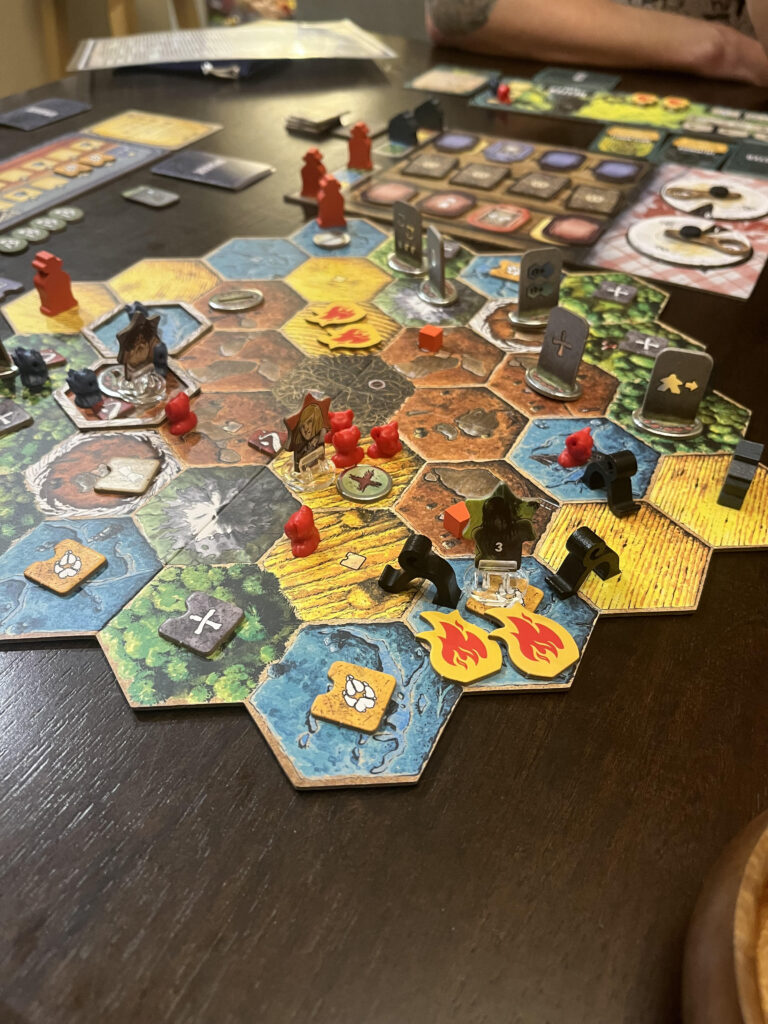
If you’re looking for a nice Halloween theme to match the season- particularly one that you can really sink your fangs into- then look no further. Harrow County takes place in a timeless and permanent dark landscape where the devil lurks casually. Without this game, I may never have been able to identify the correct ways to recognize a haunted 1930s southern town (answer: must look for a big scary tree, brambles, pestilence and plague).
Each player controls a faction with its own unique win conditions. The Protector and Family factions are trying to save townspeople/destroy buildings respectively, working their way up to 7 victory points. Kammi is busy trying to find her creepy doll filled with her life essence, using her little goblin minions to help her out, and also working towards 7 points. And finally, in the base game, Hester the witch is a straight up b**ch, trying to eat the other characters so she can come back to life with their special powers.
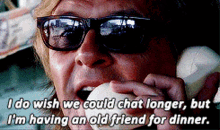
In case you think this all sounds incredibly random, it actually flows quite nicely thanks to the story explanations throughout the rulebook.
When the game is played out, it’s an absolute tug-of-war of death and curses as you try to control territories while sabotaging everyone else around you. One moment you’re building an empire of haints (your helpful minions), haunting the lands with the elegance of a backwoods Dracula, and the next you’re running from your creepy witch neighbor who’s trying to eat you for lunch. It’s all brilliant, disgusting fun.
By mid-game, the board is so covered in haints, hexes, curses, and cardboard pieces that it looks like you’re trying to summon something- probably your lost dignity. And just when you think you’ve got the hang of the chaos, balancing your minions, your special powers, and your grudge against other players, it’s time to invite in some old-world mischief with the Fair Folk expansion. This must have been Jay and Shad saying “Want a weird game? Hold my moonshine.”
Here we’re introduced to the mischievous, unpredictable little gremlin goblin fairy things with a penchant for screwing everyone over. They don’t care about your petty family squabbles. They want chaos and whimsy and for you to look at the board and say “What the hell is even happening?”
So on top of fighting off the other haints, now you’re bargaining with gremlins who help you one moment and doom you the next. They have their own objectives which they may or may not share with you, depending on if it suits them. Sadly for them, they have lost their queen and are trying to manipulate the other players into revealing her location by providing them with tempting gifts, in the form of extra actions.
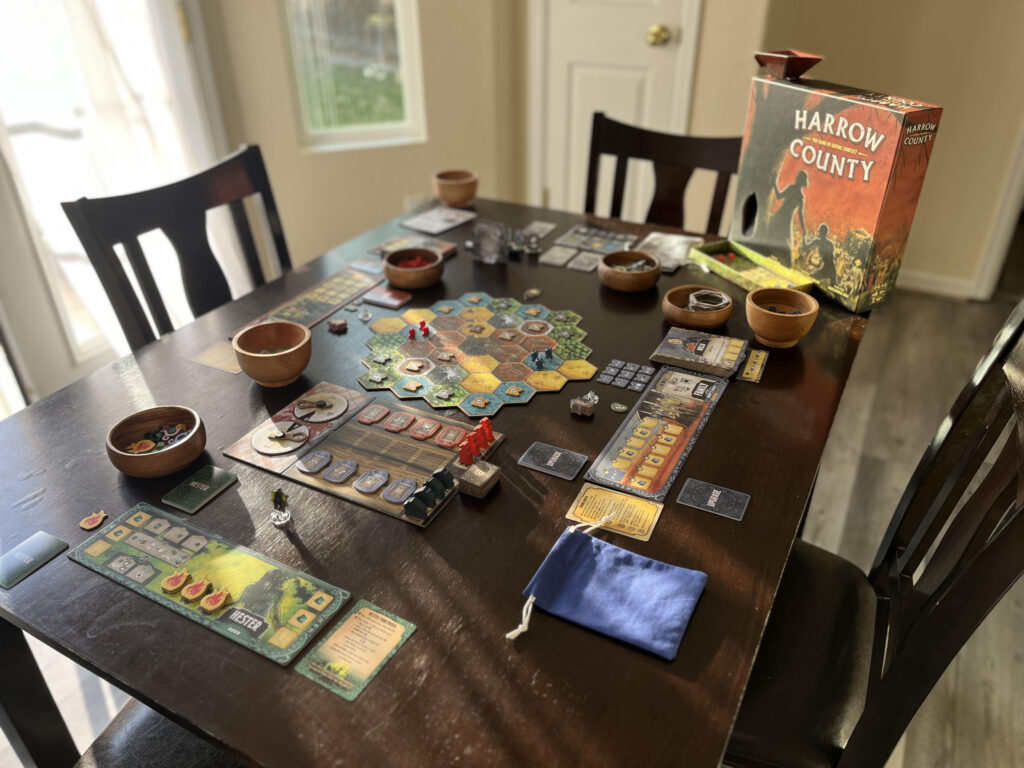
This may all sound like a lot to keep track of. And it is. That’s just the hard truth about any asymmetric game. The rulebook presents you with the option to break the learning into smaller chunks through scenarios that build on each other, somewhat similar to the way Jaws of the Lion does it.
I’m a big fan of this technique in general. But the rules overhead is the biggest hurdle to jump, in spite of the scenarios. We missed some pretty huge rules initially (when cleanup occurred and the fact that the Family can place a storm on their hex at the end of the turn if they don’t have one). I certainly take the blame for some of that because those are in the book, but at the same time, there are a lot of rules in the game, and it’s not necessarily intuitive. I’m no stranger to heavy games and rulebooks, but I struggled to keep things straight initially.
I didn’t discover this until later but there is an updated rulebook here on BGG that is supposed to make it a little smoother. I can’t comment on this as I didn’t know about it for the majority of my time spent with the game. There’s a small player aid card with the game but I’d say it needs something a bit more substantial and individualized to the factions for quick referencing, because it wasn’t until about 5 games in that I really internalized the rules. Unless you’re only ever going to play the two player version, you need to be prepared for how to approach the game upfront. If you spend enough time with it, it begins to open up, and I personally felt the time spent getting there paid off.
Unsurprisingly, Harrow County plays much differently at two vs three/four because three and four players is where the extremely asymmetric factions join. A two player game is a bit more akin to Root. It feels tighter, more refined, and less silly. But it’s the kind of game that doesn’t necessarily want to take itself too seriously, and that’s why these wild factions work. It’s fun chaos that miraculously remains pretty well balanced.
This actually took me quite a few plays to determine, because balance in an asymmetrical game is less about identical power levels and more about how well players adapt to their faction’s strengths and weaknesses.
In our games, the Protectors were crushing it at first, winning every game. But it was close each time. With further plays this began to change, with a Family win and a Hester win. Hester can be scary when played correctly, but it takes some work to get comfortable with her. She is absolutely the most difficult faction to play well, in my estimation.
This is also where the Fair Folk can really come in handy, I think. If players use their boons as a balancing tool against the leading player, they can make sure no one gets too far ahead. But even if something goes horribly wrong and you’ve completely failed on any tactical planning, it’s a relatively quick game that respects your time. Between this and the many faction options, this game has plenty of replayability.
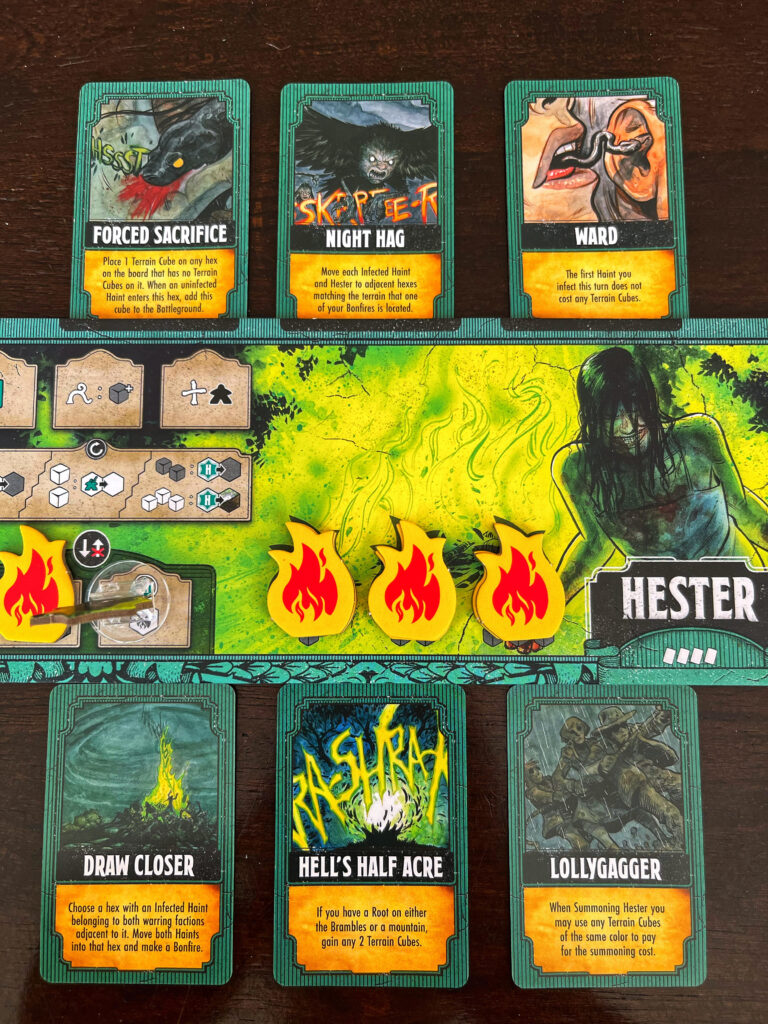
In fact, I would say this game is best treated as a “mini lifestyle game”. Playing it repeatedly with the same group is going to give you the best experience. You don’t need to treat it like an LCG but if you have a consistent partner for any player count, you are in for a fun time.
A brief note on the theme integration, as I did read a good portion of the comic. The gothic horror theme and tension translate very well into the gameplay. The game can feel tense and riddled with uncertainty, because you never know what hex or curse your opponent is going to pull out.
This drama is central to the theme. It also does a wonderful job with its atmospheric storytelling, with the art clearly inspired by the dark, moody visuals of the comic. The board is somewhat abstract, however, so if you’re the one teaching the game to your group, make sure to add story background! The rulebook adds a lot of flavor text to the experience, so you’ll need to set the stage a bit for everyone. At this point, if you don’t hear the sound of distant banjos and eerie, far-off howls while playing, you’re doing it wrong.
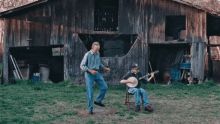
So is the Fair Folk expansion necessary? Not necessary, but it’s one of my favorite factions and they’re one of the simpler ones to play(as far as rules overhead goes). The Fair Folk are pretty much playing a completely different game from everyone else, but, again, that’s the charm. It rewards clever, indirect play, making you feel more like a puppet master than a traditional player.
Sometimes you help others, sometimes you hinder them, but this neutral mischief allows them to manipulate the flow of the game, making and breaking alliances easily. But they do bring a level of volatility into the game that some players might not enjoy. They are at their most powerful when they strike at the right moment. Wait until key moments of tension between other players to unleash your powers (in card form)- whether that’s knocking the lead player down a peg or shifting the balance of power in a way that keeps everyone guessing. I personally find them to be a delight, turning Harrow County into a theatrical spectacle of magic and betrayal.
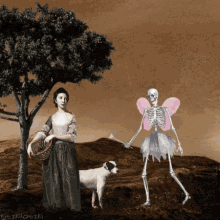
In the board game world we have a habit of looking at a game, and breaking it down into its parts, giving each a name. For example, a dice drafting game with push-your-luck elements. Or a deck building game with auctions and action programming yada yada yada. Sure, this is useful in many cases when trying to decide if a board game seems right for you. But is it possible we do this a little too much? Why do we have to take a fun toy and deconstruct it every time to see how it works? Perhaps we’ll understand it better on an operational level, but not all of us are engineers. It takes some of the fun and romantic mystery out of the game.
I say all this because Harrow County is filled to the brim with fun and mystery, which feels exactly in line with the Halloween season. I don’t feel compelled to peek too far behind the curtain because I love it for what it is. Some of it is goofy, overly complex, and just plain weird. But it’s different. It’s a beautiful spider web, made up of gossamer threads of interconnected ideas and I have no intention of cheapening that. There have been many games over the years where I was entertained, but didn’t leave with any more than I came with. That is not the case with Harrow County.
Thank you to Off The Page Games for the review copy. I can assure you, the only thing I receive for my board game reviews is a pile of cardboard tokens, a haunted sense of defeat, and the occasional side-eye from my opponents. No compensation here-just emotional damage! My bank account remains as empty as my victory track.
Awesome review Allie! Can’t wait for this one to come in. We bought the trilogy (Mind MGMT, Harrow County, and Corps of Discovery) to expand our two player selection! We didn’t know the player count was expandable which is a nice touch. Great job by Off the Page Games!